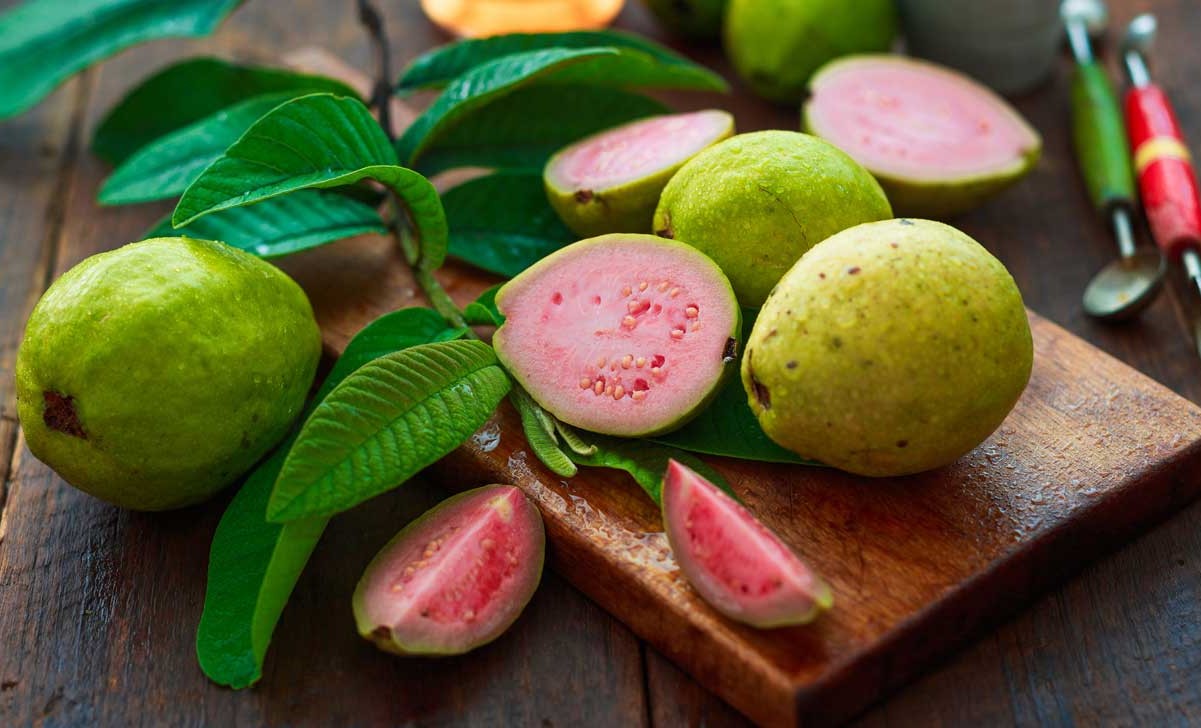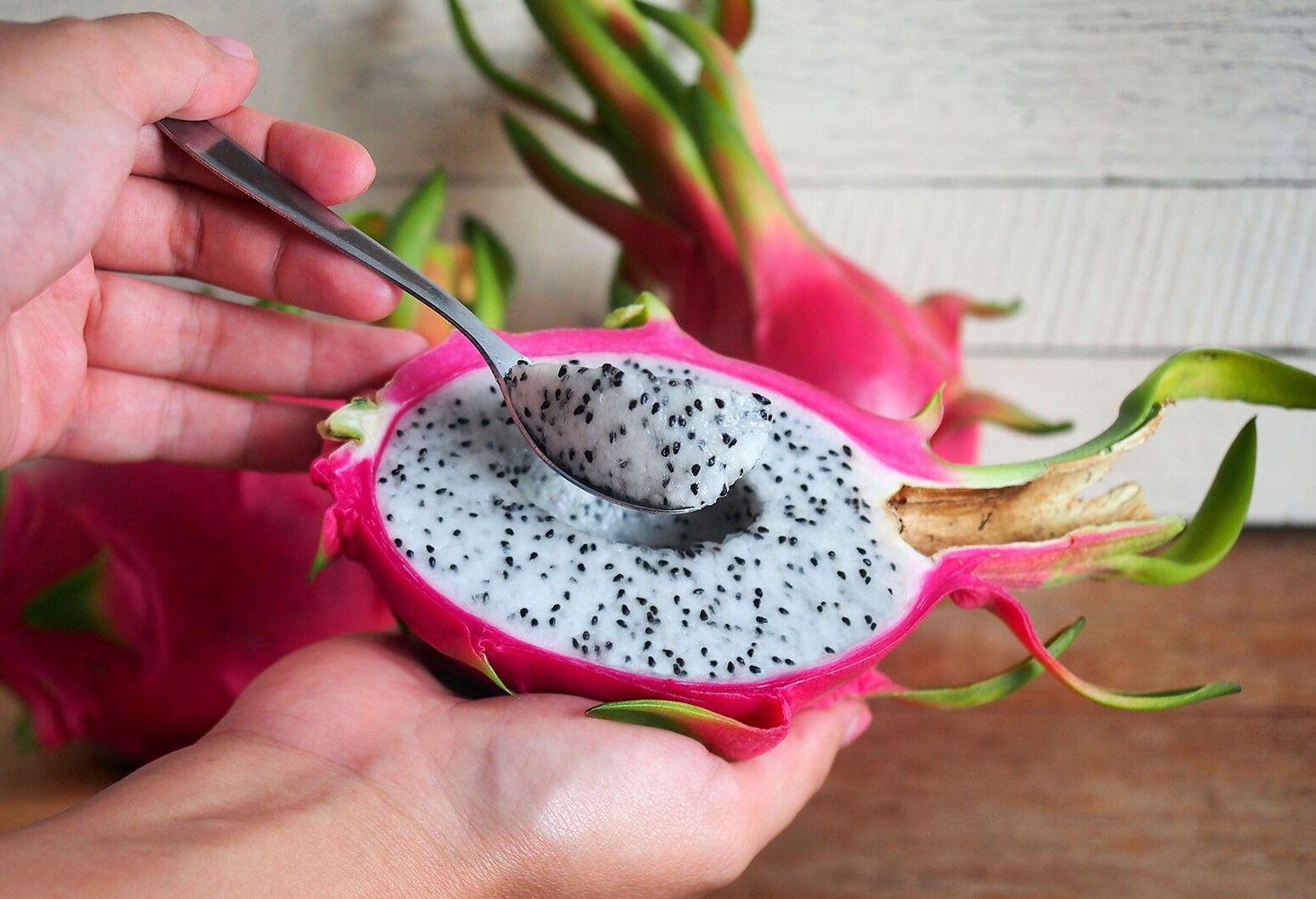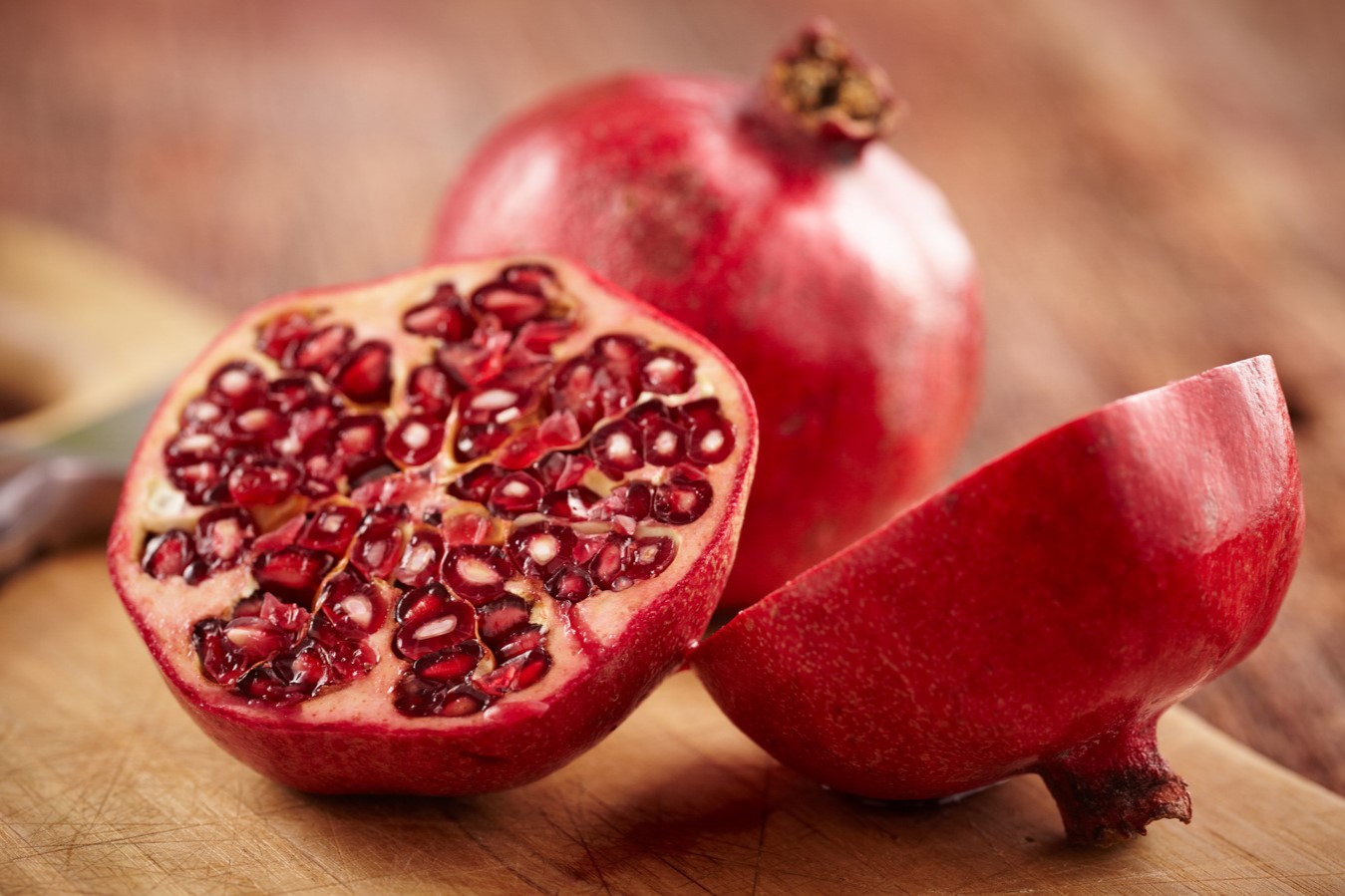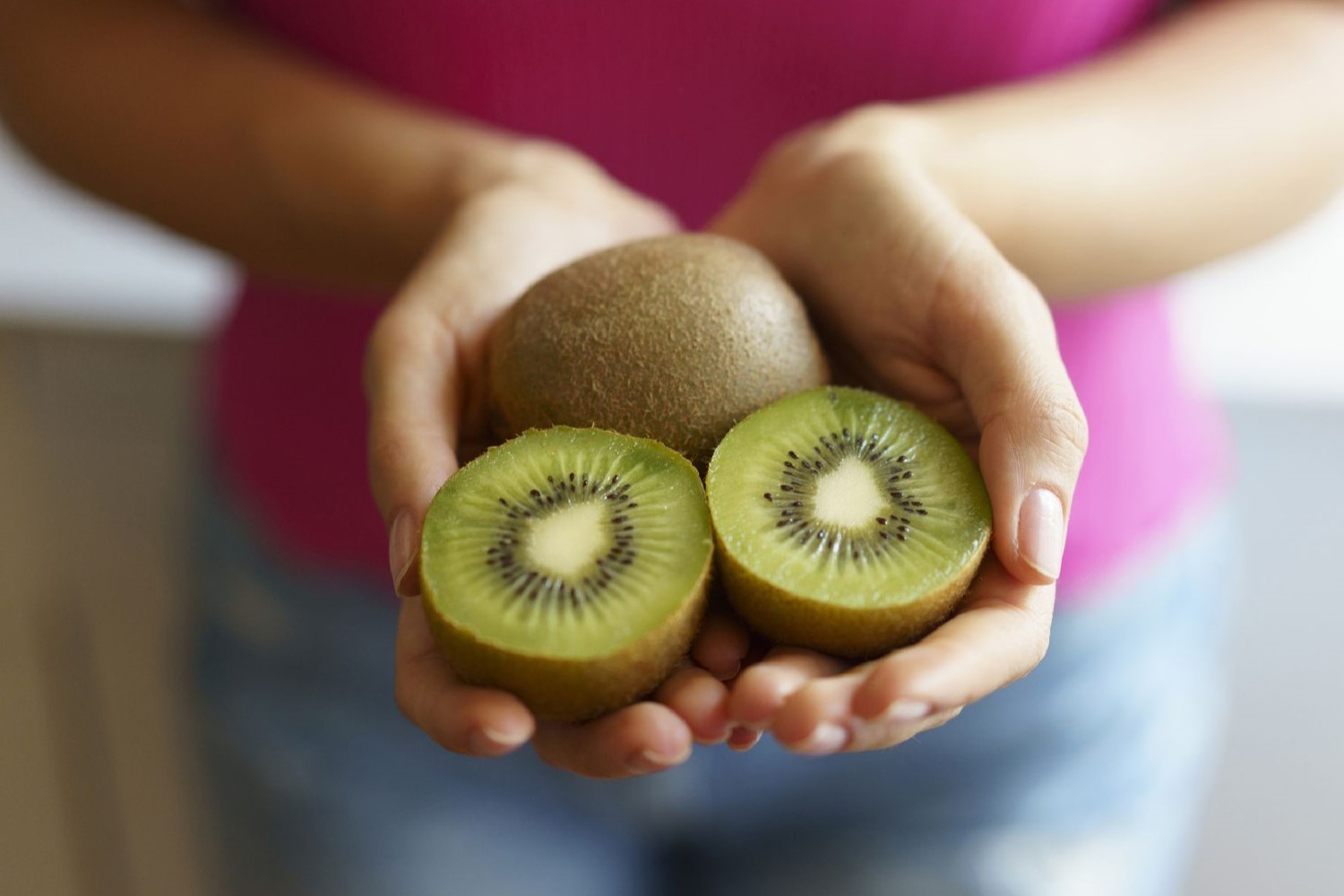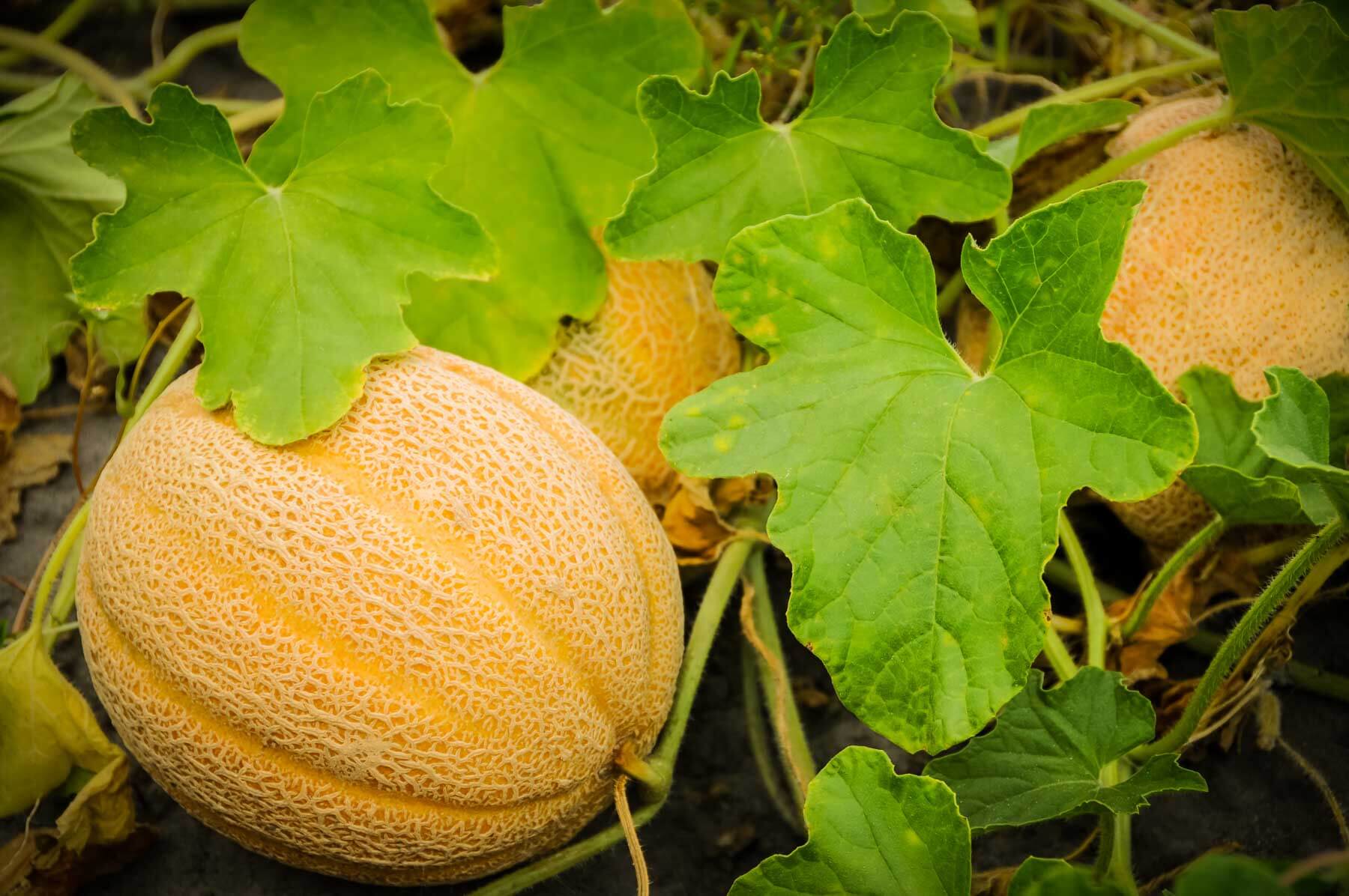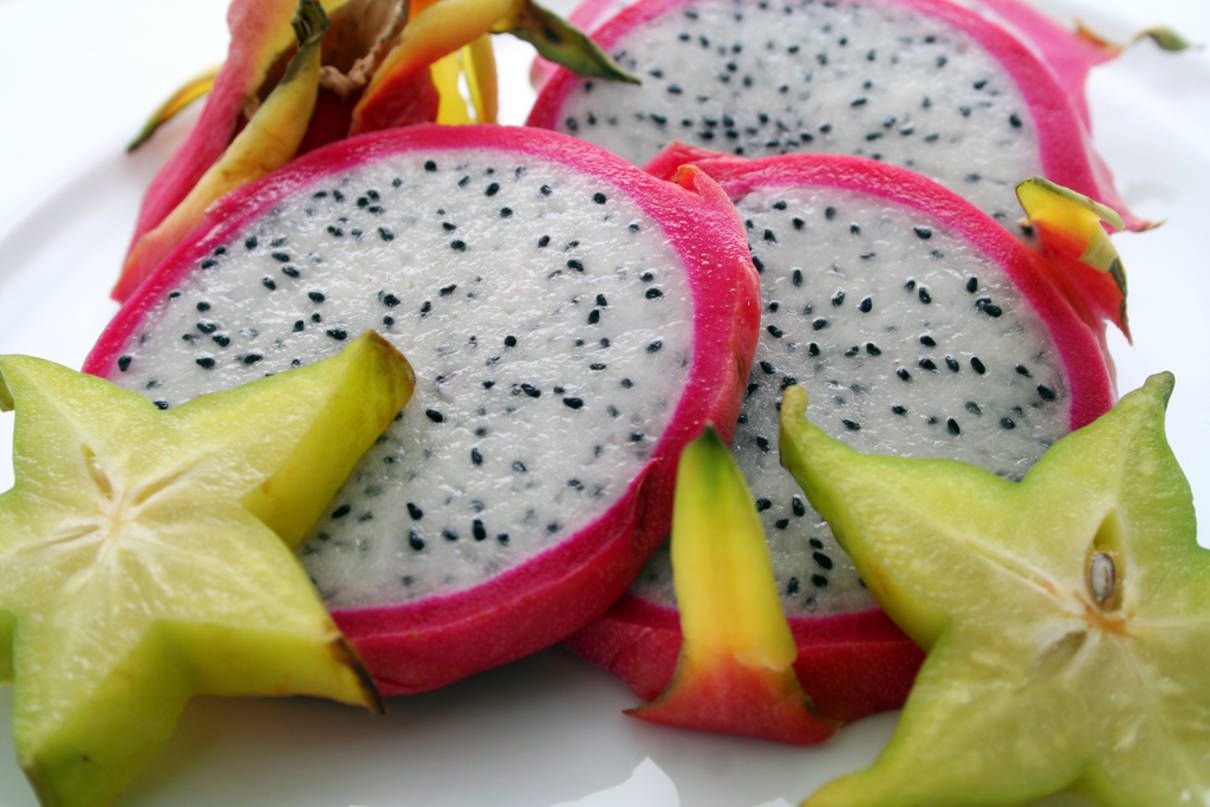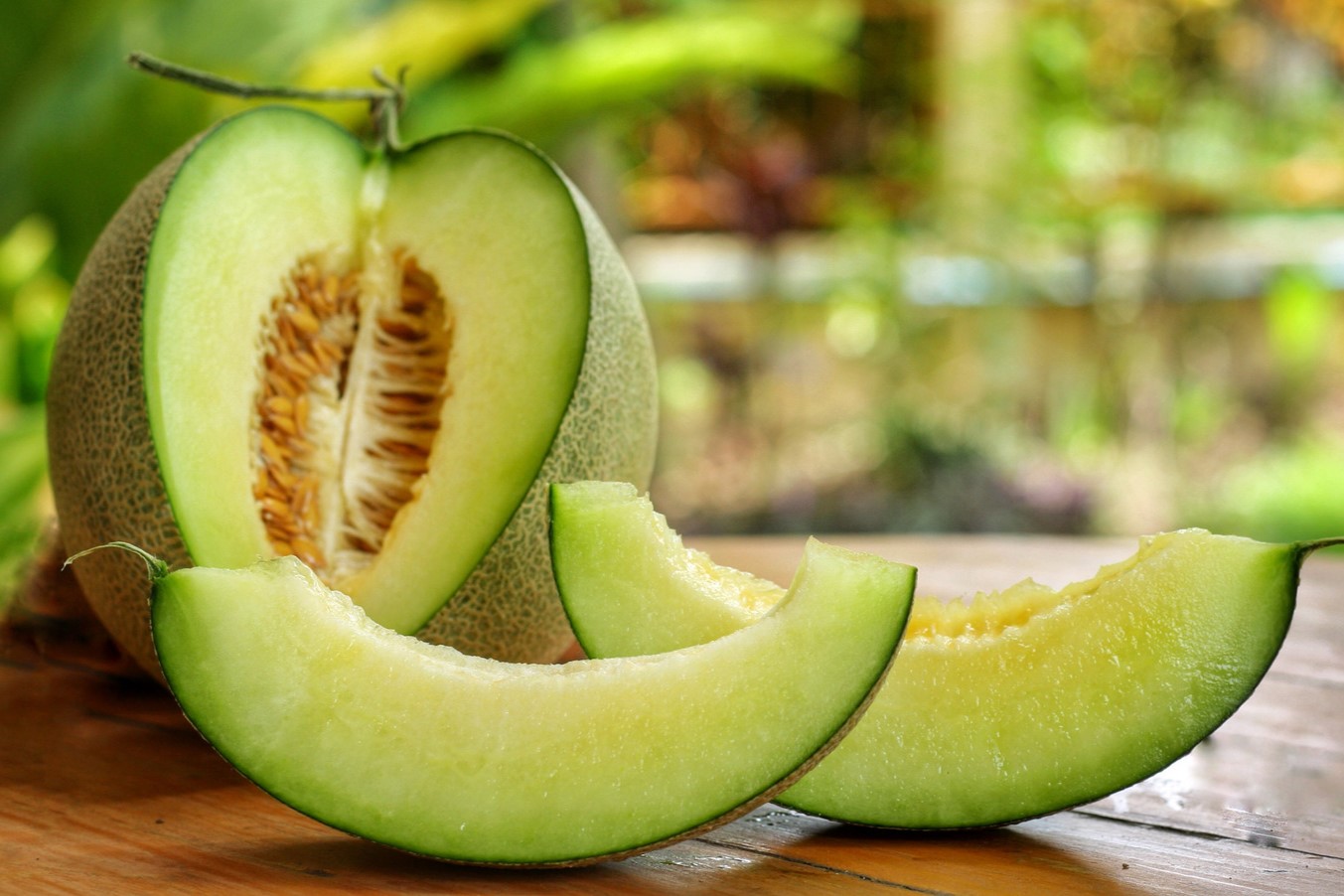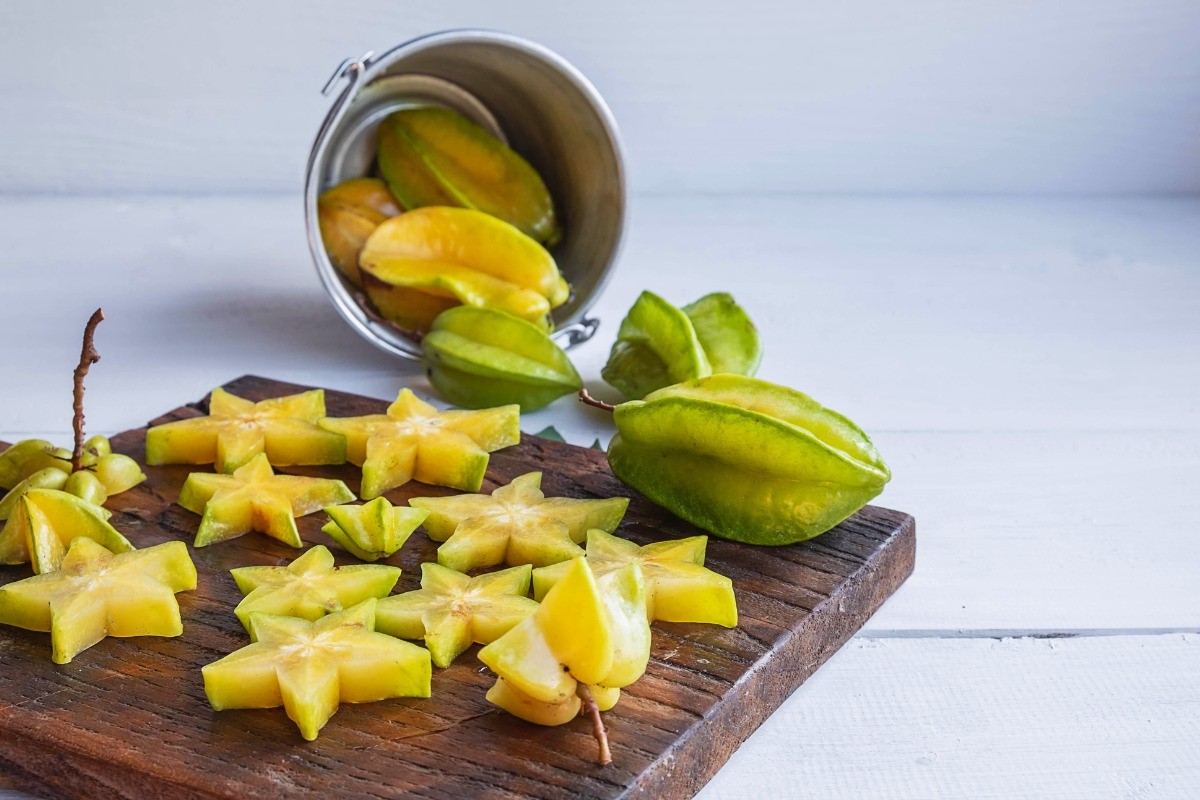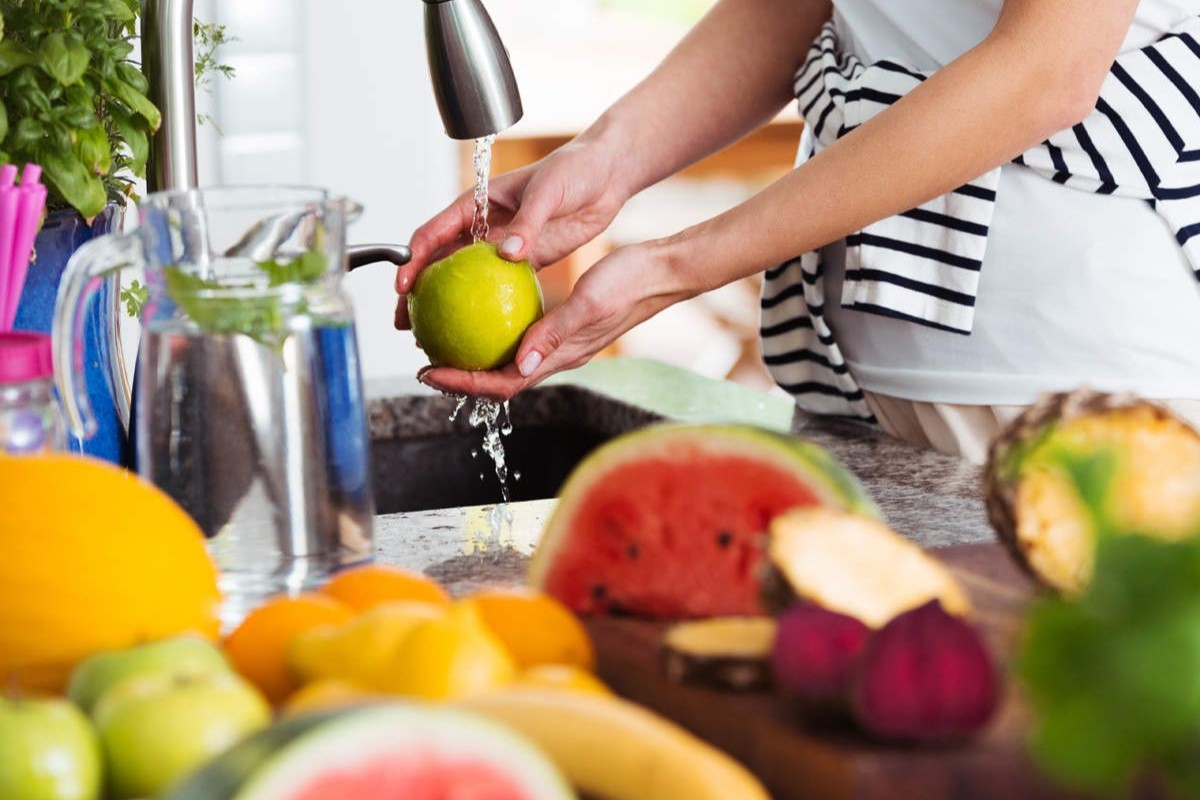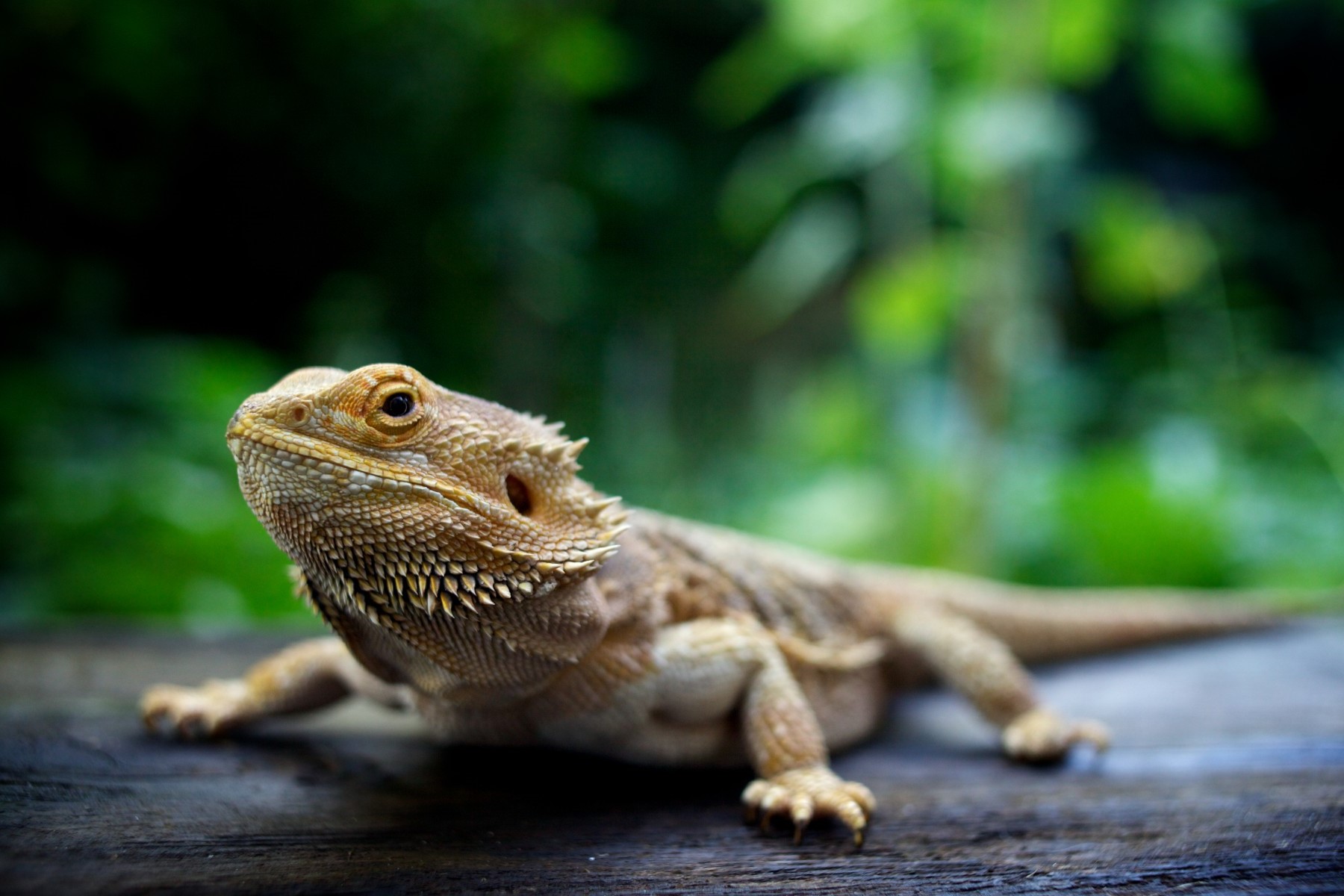Home>Food and Cooking>How To Determine When A Dragon Fruit Is Ripe
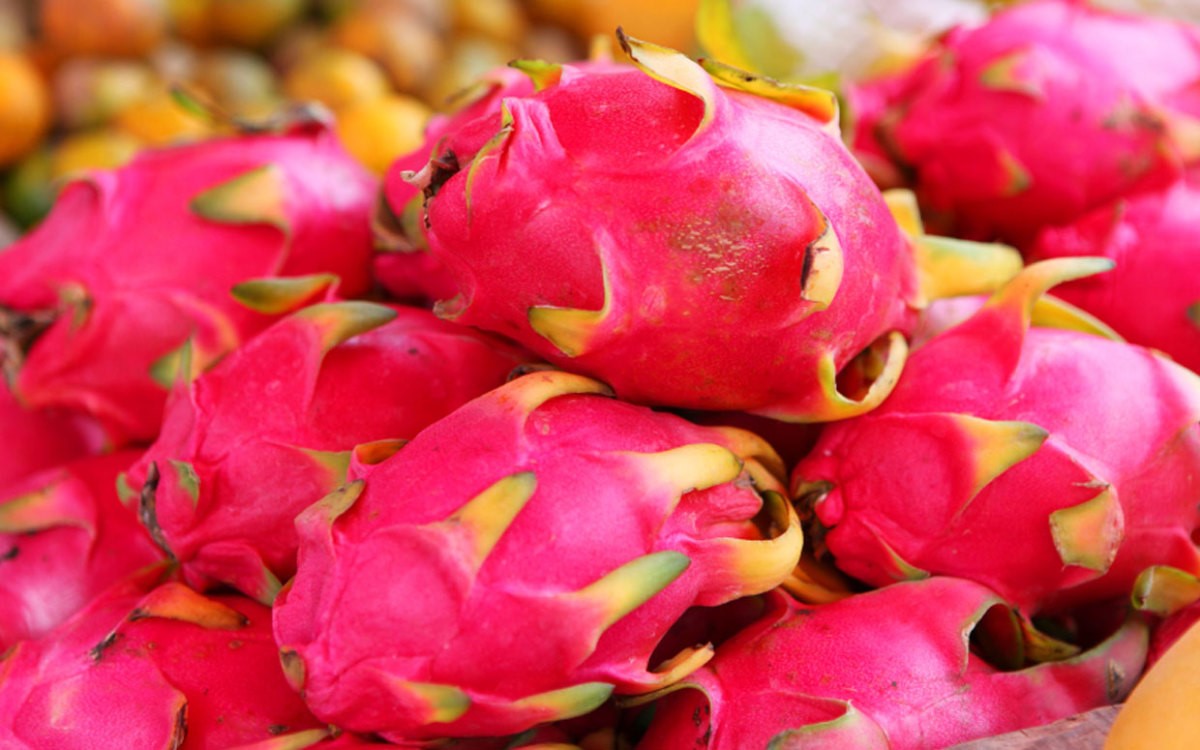

Food and Cooking
How To Determine When A Dragon Fruit Is Ripe
Published: February 25, 2024
Learn how to tell when a dragon fruit is ripe and ready to eat with our expert tips. Discover the best methods for checking ripeness at home. Perfect for food and cooking enthusiasts!
(Many of the links in this article redirect to a specific reviewed product. Your purchase of these products through affiliate links helps to generate commission for Noodls.com, at no extra cost. Learn more)
Table of Contents
Introduction
Dragon fruit, also known as pitaya, is a visually stunning and exotic fruit that has gained popularity for its unique appearance and potential health benefits. With its vibrant pink or yellow skin and speckled flesh dotted with tiny black seeds, dragon fruit is not only a feast for the eyes but also a delightful treat for the taste buds. However, determining the optimal time to enjoy this delectable fruit at its peak ripeness can be a bit perplexing for many individuals.
In this comprehensive guide, we will delve into the art of discerning when a dragon fruit is ripe and ready to be relished. Whether you are a seasoned dragon fruit enthusiast or a curious newcomer eager to explore this tropical delicacy, understanding the various indicators of ripeness will empower you to select the finest specimens and savor their succulent flavors.
Embark on this enlightening journey as we unravel the mysteries of identifying ripe dragon fruit through visual cues, tactile sensations, aromatic hints, and the ultimate taste test. By the end of this exploration, you will possess the knowledge and confidence to confidently select perfectly ripe dragon fruit, ensuring a delightful culinary experience with every bite.
Read more: How To Cut A Dragon Fruit
Understanding the Different Types of Dragon Fruit
Dragon fruit, also known as pitaya, encompasses several distinct varieties, each exhibiting its own unique characteristics in terms of appearance, flavor, and nutritional composition. Understanding the diversity within the dragon fruit family is essential for accurately identifying the ripeness of each type. The two primary species of dragon fruit are the Hylocereus undatus, commonly referred to as the white-fleshed dragon fruit, and the Hylocereus costaricensis and Hylocereus megalanthus, known for their vibrant red or yellow skin and corresponding flesh.
-
Hylocereus Undatus (White-Fleshed Dragon Fruit): This variety is recognized by its vibrant pink or red skin with green scales and white flesh speckled with black seeds. The flavor profile of the white-fleshed dragon fruit is often described as subtly sweet with a hint of acidity, making it a versatile ingredient in various culinary creations. When determining the ripeness of this type, the color of the skin and the firmness of the fruit are crucial indicators.
-
Hylocereus Costaricensis (Red-Fleshed Dragon Fruit): The red-fleshed dragon fruit boasts a striking red or magenta skin with green scales and vibrant red flesh punctuated by black seeds. Its flavor profile tends to be sweeter and more intense than the white-fleshed variety, offering a delightful blend of sweetness and tanginess. When assessing the ripeness of red-fleshed dragon fruit, the color and texture of the skin play a pivotal role in determining its readiness for consumption.
-
Hylocereus Megalanthus (Yellow-Fleshed Dragon Fruit): The yellow-fleshed dragon fruit stands out with its bright yellow skin adorned with green scales and its pale yellow flesh speckled with black seeds. Known for its subtly sweet and refreshing flavor, the yellow-fleshed variety offers a delightful tropical essence. When gauging the ripeness of this type, the color and texture of the skin serve as primary indicators, guiding consumers toward the optimal selection.
By familiarizing yourself with the distinctive attributes of each dragon fruit variety, you can refine your ability to discern the ripeness of these exotic fruits with confidence. The nuances in appearance, flavor, and texture among the different types of dragon fruit underscore the importance of tailoring the assessment of ripeness to the specific characteristics of each variety. This foundational knowledge will serve as a valuable compass as we navigate the intricate art of identifying ripe dragon fruit through visual, tactile, olfactory, and gustatory cues.
Visual Signs of Ripeness
The visual appearance of a dragon fruit can provide valuable insights into its ripeness. When assessing the fruit's readiness for consumption, it is essential to consider the color, texture, and overall condition of the skin. For the white-fleshed variety, a ripe dragon fruit typically exhibits a vibrant pink or red skin with green scales, indicating a rich and mature state. The skin should appear evenly colored without any prominent blemishes or soft spots, signifying optimal ripeness. Similarly, the red-fleshed dragon fruit manifests its readiness through a vivid red or magenta skin adorned with green scales, exuding a captivating allure that reflects its luscious interior. As for the yellow-fleshed variety, a ripe dragon fruit showcases a radiant yellow skin with green scales, evoking a sense of tropical splendor and freshness.
In addition to the coloration, the texture of the skin plays a pivotal role in gauging the ripeness of a dragon fruit. A ripe fruit should feel firm yet yield slightly to gentle pressure, indicating a perfect balance between ripeness and succulence. The skin's firmness serves as a protective shield for the delicate flesh within, ensuring that the fruit is at its prime for consumption. Conversely, an excessively soft or mushy texture may signify overripeness, resulting in a less desirable eating experience.
Furthermore, the overall condition of the skin offers valuable clues about the fruit's ripeness. A ripe dragon fruit should boast a smooth and unblemished exterior, free from any signs of bruising, mold, or excessive shriveling. The presence of vibrant, well-defined scales on the skin further underscores the fruit's freshness and ripeness, reflecting the optimal development of its flavorful flesh.
By attentively observing the visual signs of ripeness, including the color, texture, and condition of the skin, enthusiasts and connoisseurs alike can confidently select ripe dragon fruit, ensuring a delightful culinary experience with every indulgent bite. This keen attention to visual cues empowers individuals to appreciate the natural beauty and delectable qualities of ripe dragon fruit, elevating the enjoyment of this exotic delicacy to new heights.
Touch and Texture
Assessing the touch and texture of a dragon fruit is a fundamental aspect of determining its ripeness. When gently holding a ripe dragon fruit, it should yield slightly to pressure, offering a subtle give that indicates the fruit's readiness for consumption. This delicate balance of firmness and yielding texture signifies that the fruit has reached its peak ripeness, ensuring a satisfying and succulent eating experience.
Upon touching a ripe dragon fruit, one may notice a slight pliability in the skin, suggesting that the flesh within is tender and juicy. This tactile sensation serves as a reliable indicator of the fruit's optimal ripeness, guiding consumers toward selecting the finest specimens for their culinary enjoyment. Conversely, an unripe dragon fruit may feel excessively firm and unyielding, indicating that it requires additional time to mature and develop its characteristic sweetness and luscious texture.
In addition to the overall firmness and yielding nature of the fruit, the texture of the skin itself offers valuable insights into the ripeness of a dragon fruit. A ripe fruit should feature a smooth and taut skin that retains its integrity while exhibiting a gentle resilience to touch. This tactile quality reflects the fruit's maturity and succulence, ensuring a delightful sensory experience when the flesh is eventually savored.
Furthermore, the presence of any excessive softness or sponginess in the skin may signal overripeness, potentially compromising the fruit's flavor and texture. By carefully evaluating the touch and texture of a dragon fruit, individuals can confidently discern the optimal ripeness of this exotic delicacy, enhancing their culinary endeavors with a harmonious blend of visual, tactile, and gustatory appreciation.
By honing the ability to discern ripe dragon fruit through touch and texture, enthusiasts and consumers can elevate their fruit selection process, ensuring that each indulgence is met with the exquisite flavors and textures that define this tropical treasure. This tactile exploration of ripeness adds a layer of sensory delight to the experience of savoring dragon fruit, inviting individuals to embrace the art of selecting and relishing perfectly ripe specimens with confidence and enthusiasm.
Smell and Aroma
Engaging the sense of smell is a captivating and essential aspect of discerning the ripeness of dragon fruit. The aroma emitted by a ripe dragon fruit offers a tantalizing preview of the luscious flavors awaiting discovery within its vibrant flesh. When approaching a ripe dragon fruit, one may encounter a delicate yet alluring fragrance that hints at the fruit's inherent sweetness and tropical allure. This subtle aroma, reminiscent of a floral and mildly sweet essence, serves as a compelling invitation to indulge in the delectable flavors concealed beneath the fruit's captivating exterior.
Upon bringing a ripe dragon fruit closer to the nose, one may detect a fragrant bouquet that evokes images of sun-kissed orchards and lush tropical landscapes. The aroma exudes a harmonious blend of freshness and sweetness, captivating the senses and igniting anticipation for the delightful tasting experience that awaits. This olfactory exploration of ripeness adds a layer of sensory delight to the process of selecting and savoring dragon fruit, inviting individuals to embrace the art of relishing perfectly ripe specimens with confidence and enthusiasm.
Furthermore, the absence of any unpleasant or pungent odors is a key indicator of a dragon fruit's optimal ripeness. A ripe fruit emits a clean and inviting aroma, devoid of any off-putting scents that may signify overripeness or spoilage. By attentively engaging the sense of smell, individuals can enhance their ability to identify ripe dragon fruit, ensuring that each indulgence is met with the exquisite flavors and aromas that define this tropical treasure.
Incorporating the olfactory dimension into the assessment of ripeness empowers individuals to fully appreciate the multi-sensory experience of selecting and enjoying dragon fruit. The alluring aroma of a ripe dragon fruit serves as a prelude to the delightful flavors that await, enriching the process of fruit selection with a captivating sensory journey. By embracing the aromatic nuances of ripe dragon fruit, enthusiasts and consumers can elevate their culinary endeavors, infusing each moment of indulgence with the enchanting essence of this exotic delicacy.
Read more: How To Peel Dragon Fruit
Taste Testing
Taste testing is the ultimate step in determining the ripeness of a dragon fruit, offering a sensorial journey that culminates in the delightful exploration of its flavors and textures. When embarking on a taste test, it is essential to approach the experience with a keen appreciation for the nuances of sweetness, succulence, and overall flavor profile that define a perfectly ripe dragon fruit.
As the knife gently pierces the vibrant skin of a ripe dragon fruit, the anticipation of savoring its succulent flesh becomes palpable. With each luscious slice, the reveal of the fruit's interior unfolds, showcasing a mesmerizing display of speckled flesh adorned with tiny black seeds. The initial visual impression sets the stage for the forthcoming gustatory exploration, inviting the senses to partake in a symphony of flavors and textures.
Upon savoring the first bite of a ripe dragon fruit, one is greeted by a harmonious blend of sweetness and subtle acidity, creating a delightful interplay of flavors that dance across the palate. The flesh, tender and juicy, offers a refreshing sensation that evokes the essence of tropical indulgence. The presence of tiny, edible seeds adds a delightful textural dimension, contributing to the overall sensory experience and enhancing the fruit's appeal.
The taste test serves as a definitive confirmation of the fruit's ripeness, allowing individuals to revel in the exquisite flavors and textures that characterize a perfectly matured dragon fruit. The culmination of the taste test represents the culmination of the ripeness assessment process, affirming the fruit's readiness for consumption and celebrating the natural splendor of this exotic delicacy.
By engaging in the art of taste testing, individuals can fully immerse themselves in the sensory delight of savoring ripe dragon fruit, embracing each indulgent moment with a profound appreciation for the bountiful flavors and textures that define this tropical treasure. The taste test serves as a fitting finale to the journey of identifying ripe dragon fruit, inviting enthusiasts and connoisseurs to revel in the sheer delight of experiencing this exotic fruit at the peak of its ripeness.
Conclusion
In conclusion, the art of determining when a dragon fruit is ripe encompasses a multi-faceted journey that engages the senses and intuition of enthusiasts and consumers. By understanding the visual cues, tactile sensations, aromatic hints, and the ultimate taste test, individuals can confidently select perfectly ripe dragon fruit, ensuring a delightful culinary experience with every indulgent bite.
The visual signs of ripeness, including the vibrant color, firm yet yielding texture, and unblemished skin, serve as a compelling guide for identifying ripe dragon fruit. By attentively observing these visual indicators, individuals can make informed decisions when selecting fruit that is at the peak of its ripeness, ensuring a visually stunning and flavorful experience.
The touch and texture of a dragon fruit offer valuable insights into its ripeness, with a delicate balance of firmness and yielding texture indicating optimal maturity. By honing the ability to discern ripe dragon fruit through touch and texture, enthusiasts and consumers can elevate their fruit selection process, ensuring that each indulgence is met with the exquisite flavors and textures that define this tropical treasure.
Engaging the sense of smell is a captivating and essential aspect of discerning the ripeness of dragon fruit. The alluring aroma of a ripe dragon fruit serves as a prelude to the delightful flavors that await, enriching the process of fruit selection with a captivating sensory journey. By embracing the aromatic nuances of ripe dragon fruit, enthusiasts and consumers can elevate their culinary endeavors, infusing each moment of indulgence with the enchanting essence of this exotic delicacy.
The taste test serves as the ultimate confirmation of a dragon fruit's ripeness, inviting individuals to revel in the exquisite flavors and textures that characterize a perfectly matured fruit. By engaging in the art of taste testing, individuals can fully immerse themselves in the sensory delight of savoring ripe dragon fruit, embracing each indulgent moment with a profound appreciation for the bountiful flavors and textures that define this tropical treasure.
In essence, the journey of determining when a dragon fruit is ripe is a harmonious blend of sensory exploration and intuitive discernment. By embracing the diverse facets of visual, tactile, olfactory, and gustatory assessment, individuals can confidently select ripe dragon fruit, ensuring a captivating and delectable culinary experience that celebrates the natural splendor of this exotic delicacy.
